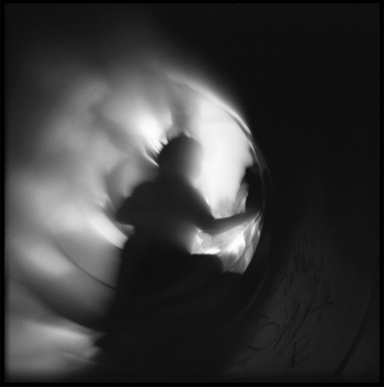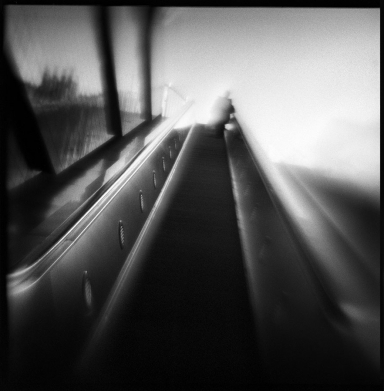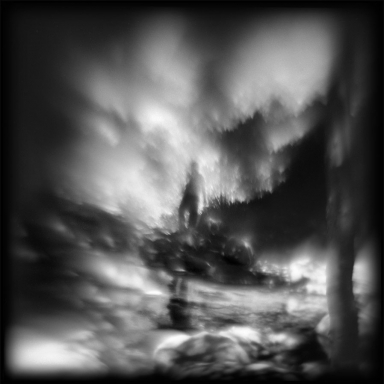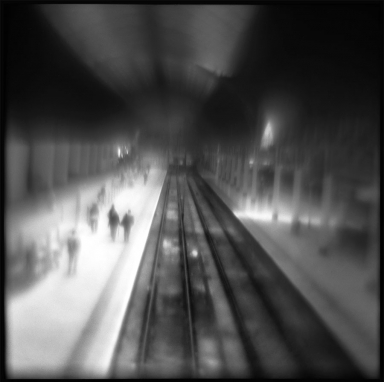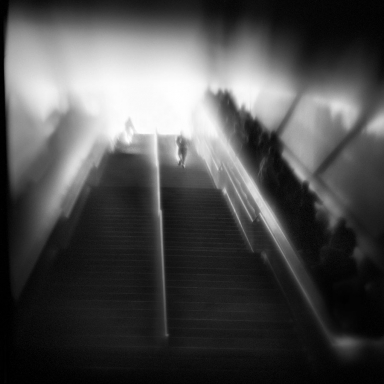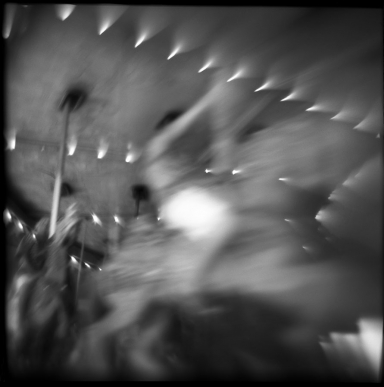Susan Burnstine
March 2, 2020
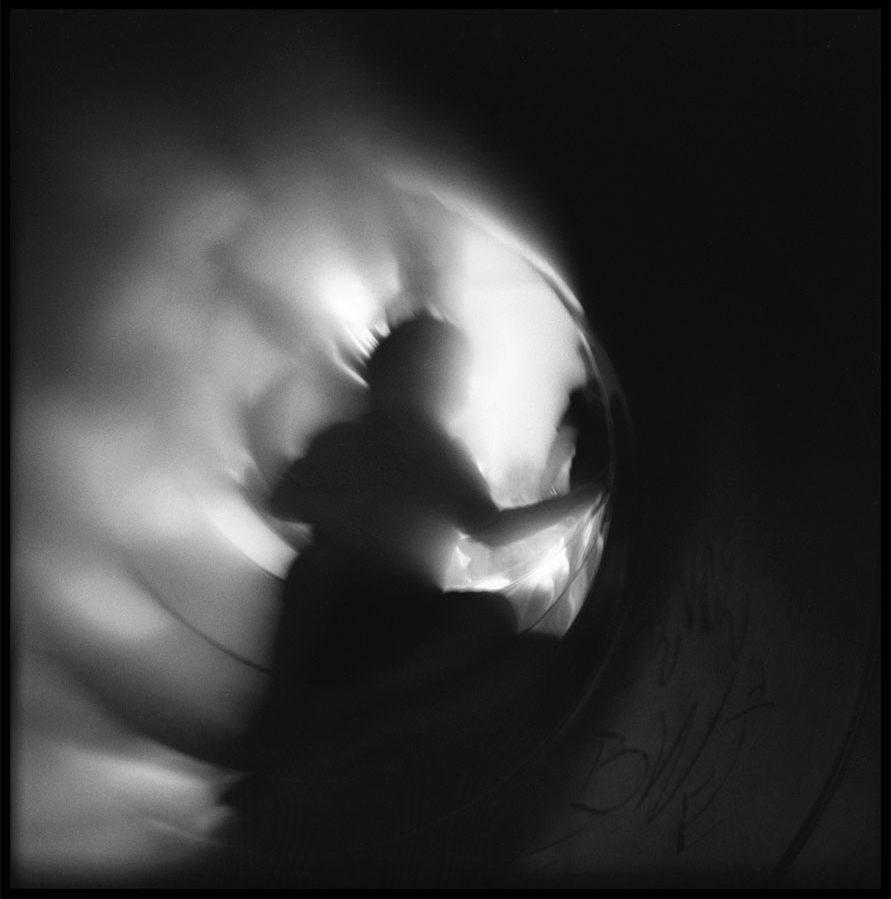
“To create the images, I recall a significant metaphor, contemplative moment or pathway into the unknown from a dream the night before. I then capture the fading memory on film that very same day using details from my own imaginings to tap into the collective unconscious.
For these series, I wanted to find a way to portray my dream-like visions entirely in-camera, rather than with post-processing manipulations. To achieve this, I created twenty-one hand-made film cameras and lenses that are frequently unpredictable and technically challenging. The cameras are primarily made out of plastic, vintage camera parts and random household objects and the single element lenses are molded out of plastic and rubber. Learning to overcome their extensive limitations has required me to rely on instinct and intuition — the same tools that are key when attempting to interpret dreams.”
- Susan Burnstine
Many photographers seem drawn to impermanence. The camera is a tool for freezing time, and it’s suited to pin the wings of fleeting subjects before they disappear or disintegrate. Perhaps for this reason, I’ve come across a great many artists trying to describe “memory” with their photographs. But the task is not so easy. The methods are often similar, with blurred imagery and sepia tones, and the results are usually cliched. Objects and scenarios melt into a pool of vagaries and are basically lost on the viewer.
Susan Burnstine mines her dreams for imagery, depicting the experience of dreaming with blurred photographs for her series, Within Shadows. I hear that, and I think “I’ve seen it before.” But truly, I haven’t. They strike me so differently. Why are Burnstine’s pictures so effectively haunting? The key may be the sheer intensity of her dreams. Or it may lie in her disciplined persistence to convey the experiences from her mind. Burnstine’s unusual process, using an arsenal of unpredictable plastic cameras, strengthens the specificity and strangeness of the work.
Small figures appear in the images, but I feel that the viewer is the real subject. It’s a first personal dive into dreamworld, a vortex-like experience, falling down an industrialized rabbit hole. I’m drawn to the particular recurring motif of the track, bridge, escalator, railing, tunnel… all confined pathways that direct the movement and hem in the subject. The more they show up in the series, the more nettling they become. If I’ve escaped one stairwell, I quickly find myself ascending another, descending, being followed, still running or sloggishly hovering in danger. I think that ultimately, that sense of doomed direction, of moving and feeling trapped at the same moment is what makes these pictures so distinctive and effective for me.
- Lisa
View more here.
